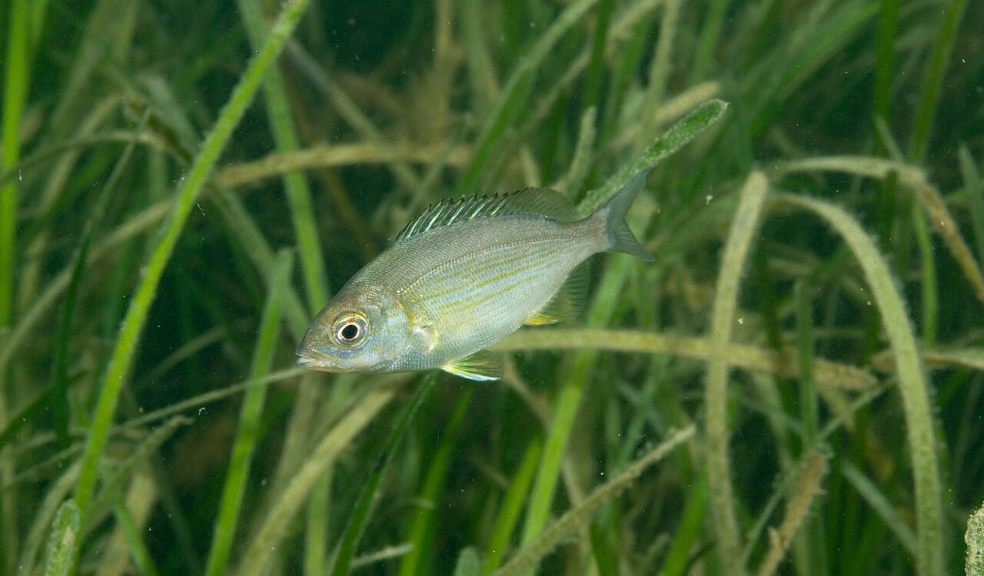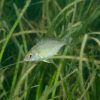
New report calls for more protected areas for marine wildlife
Today, The Wildlife Trusts publish a new report, ‘The case for more Marine Conservation Zones’. The report identifies 48 areas at sea that still need protection for their marine habitats and wildlife.
Nine of the sites identified are off Devon’s coasts, with two areas in the Bristol Channel, one in Lyme Bay and six Devon estuaries recommended as MCZs.
Following the designation of 50 Marine Conservation Zones since 2011 (of which six are in Devon) these new sites would complete a network of special places where habitats and wildlife can flourish to safeguard healthy and productive seas for the future.
All but one of the Devon sites in the report have already been recommended as Marine Conservation Zones in a previous report to the government following local consultations representing all groups of sea-users in the south west.
The new report is published in advance of the government’s plans to announce a third and final phase of Marine Conservation Zones – the government plans to consult the public in 2017 and designate the chosen sites in 2018. The report will be presented to the environment minister, Therese Coffey.
Plymouth-based Joan Edwards, Head of Living Seas for The Wildlife Trusts, said: “This is an unprecedented opportunity to create an effective network of protected areas at sea. If the government lives up to its stated commitments such a network would put us at the forefront of worldwide marine conservation. Designating these 48 wild havens as Marine Conservation Zones would go some way to guaranteeing a future for the extraordinarily diverse natural landscapes that exist beneath the waves off our coast.
“The government designated 50 MCZs in the first two phases. Unfortunately, this does not provide us with the really comprehensive network needed to enable marine wildlife to thrive once more. We need a sensible number, in the best locations and with the right degree of connectivity between areas. We hope that the government will aim high and hit the 48 mark for this last phase.”
The nine MCZs recommended in coastal and offshore areas of Devon are:
Axe Estuary
Where? East Devon, near Seaton
Why? Important for saltmarsh and mudflats, feeding grounds for wading birds and nursery areas for fish such as bass
Dart Estuary:
Where? South Hams, upstream of Dartmouth
Why? Habitats provide food and shelter for huge range of species including seahorses, oysters, mussels, sponges and anemones.
Devon Avon Estuary
Where? South Hams, near Bigbury
Why? Important nursery areas for crustaceans, molluscs and juvenile fish
Erme Estuary
Where? South Hams
Why? Habitats for lobsters and crabs, spawning grounds for sea trout
Lyme Bay Deeps
Where? 1055 square kilometres in south-west of Lyme Bay – westernmost point 4 miles east of Torbay
Why? Area used by white beaked dolphins for feeding, breeding and raising their young. Also important for common dolphins, bottlenose dolphins and harbour porpoise. Basking shark and minke whale also recorded here. Feeding grounds for seabirds such as guillemot, razorbill and Balearic shearwater
Morte Platform
Where? Bristol Channel, 5km off Baggy Point
Why? Rich communities of subtidal living reefs including ross worm reefs and mussel beds which provide shelter for many other marine species
North-west of Lundy
Where? Bristol Channel, north-west of Lundy
Why? Diverse seabed habitats supporting higher than average range of species, including sandy, muddy and rocky habitats
Otter Estuary
Where? East Devon, near Budleigh Salterton
Why? Important for saltmarsh and mudflats, feeding grounds for wading birds such as curlew and lapwing. Nursery areas for several fish species
Taw/Torridge Estuary
Where? North Devon, near Barnstaple and Bideford
Why? Important habitat for migratory European eels, feeding grounds for wading birds, nursery area for fish such as bass
Harry Barton, Chief Executive of Devon Wildlife Trust, said: “Devon 's marine treasures include spectacular underwater reefs, waving forests of kelp and vital breeding grounds for our most charismatic ocean giants - whales, dolphins and porpoises. We've lost so much in the past, but we can be rightfully proud of what we still have. This is our chance to give our amazing marine wildlife the protection it deserves, and desperately needs.”

















